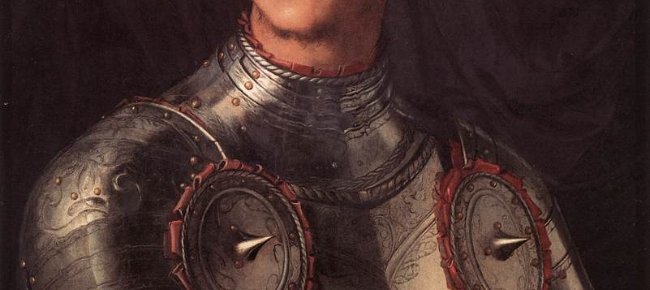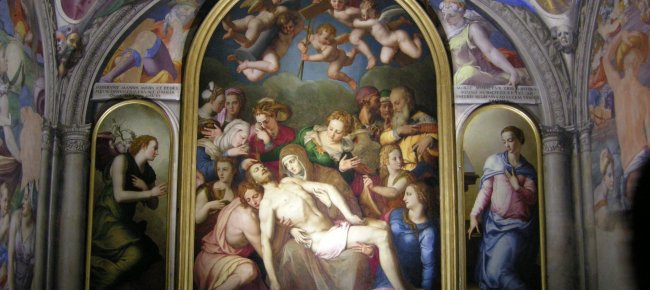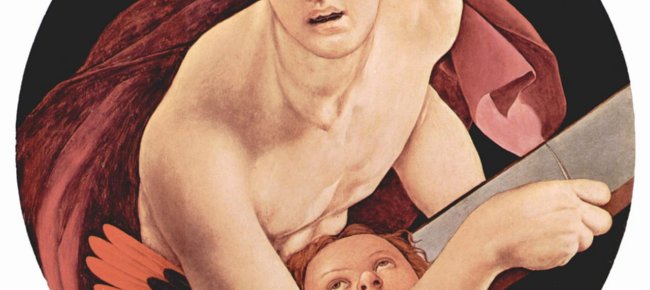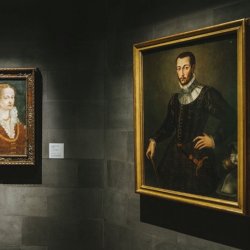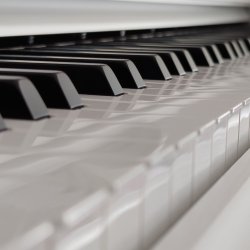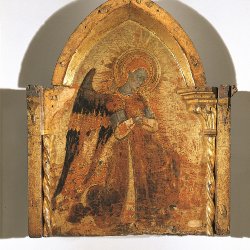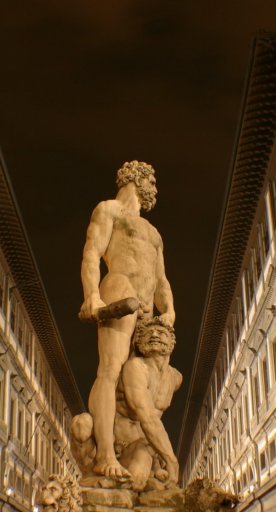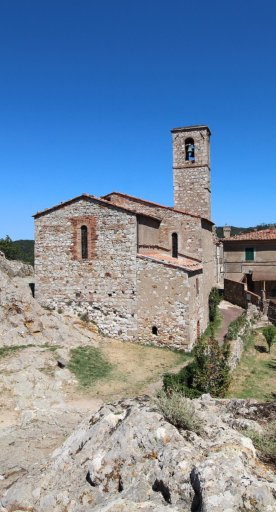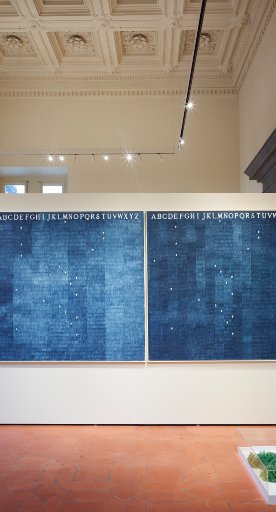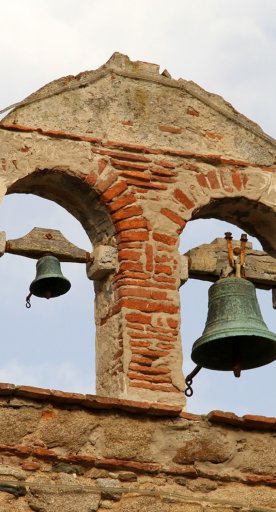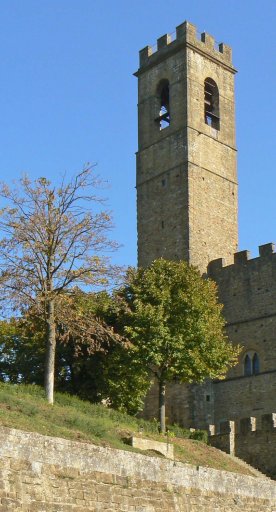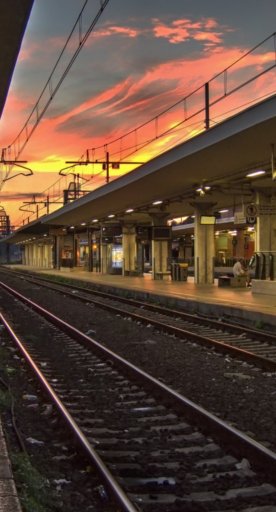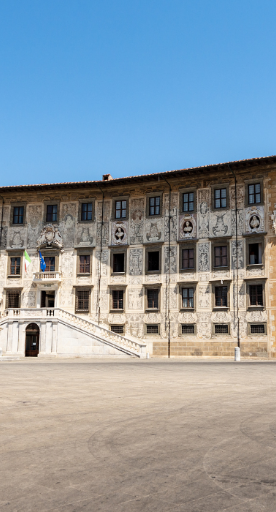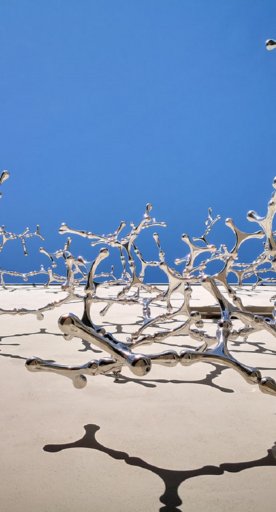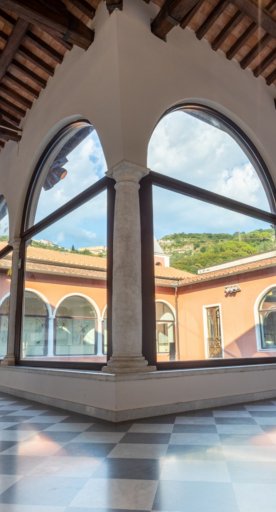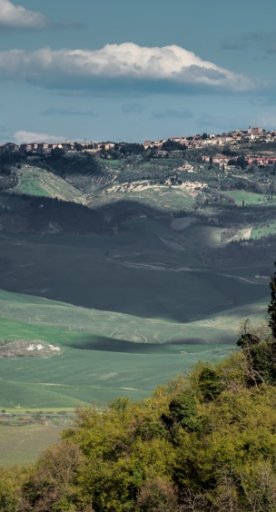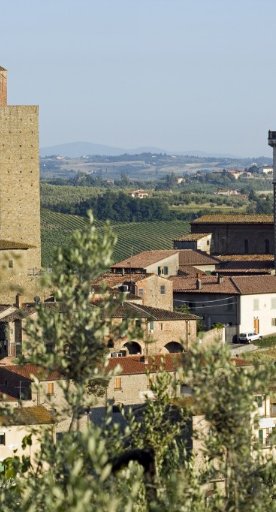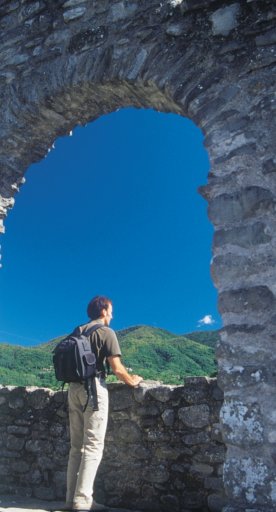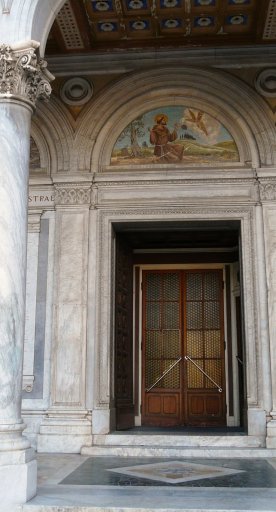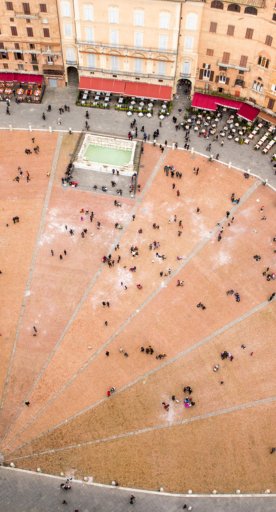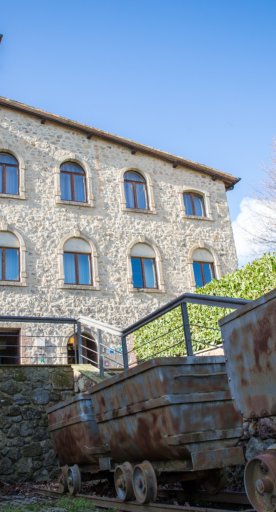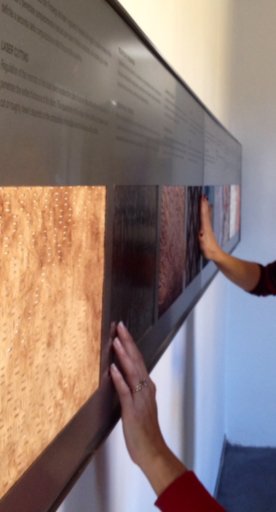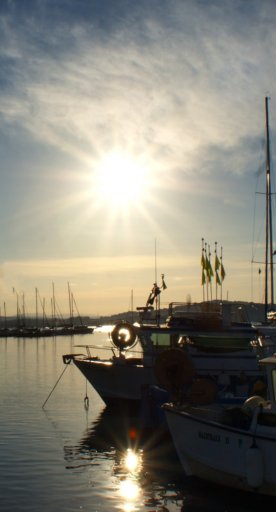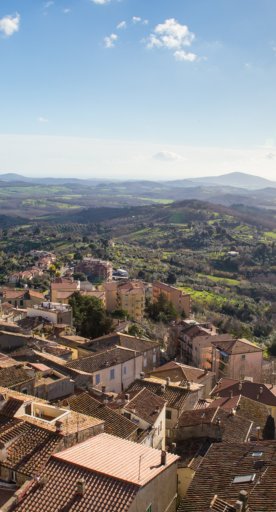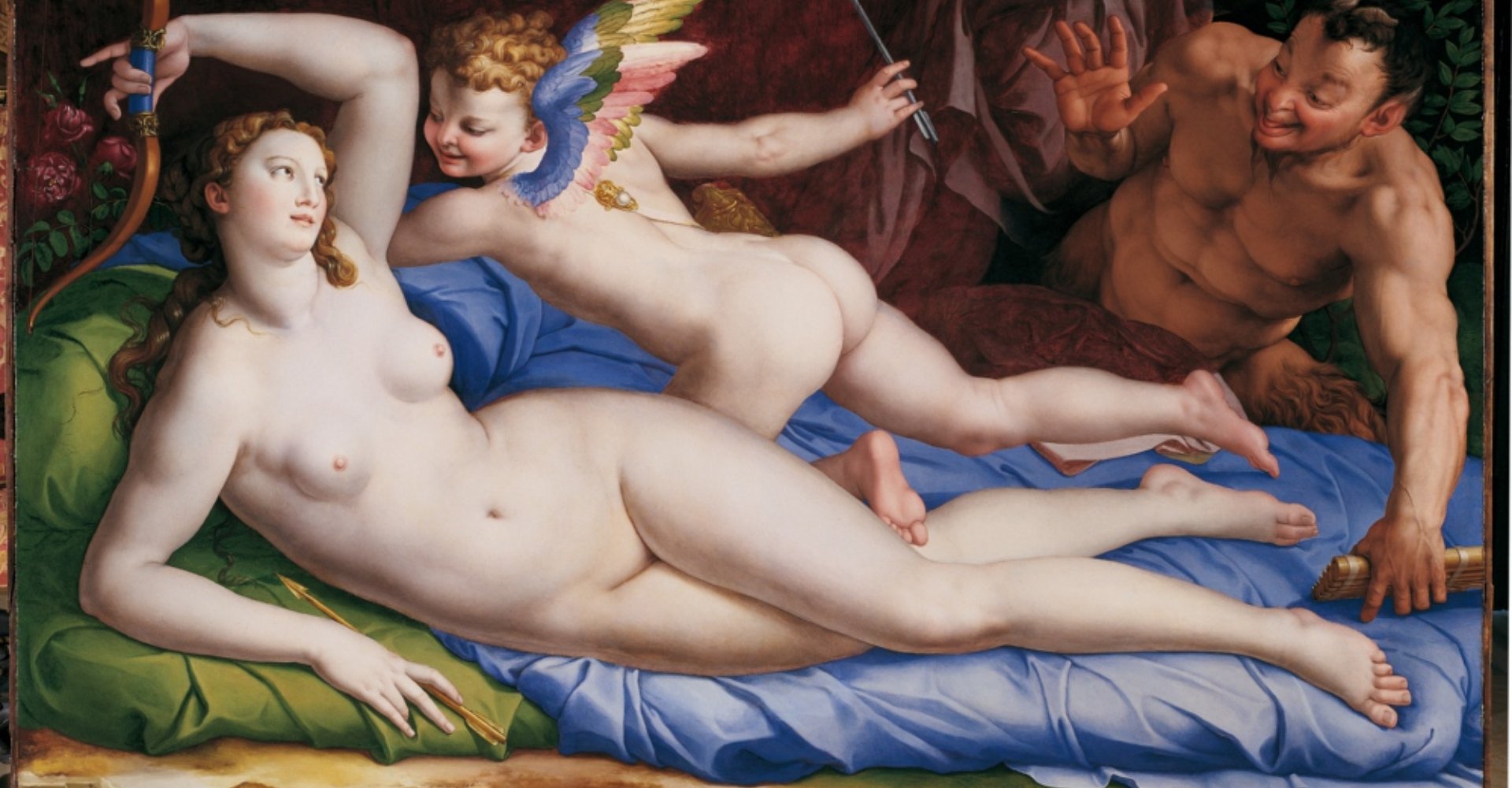
Where to see the art of Bronzino in Florence
Following in the footsteps of one of the city’s greatest artists
Have you ever heard about Agnolo di Cosimo di Mariano? Maybe not, but he's better known as Bronzino (Florence 1503 – 1572) and he's an artist too important to be ignored. He's famous for being one of the most talented and incisive portrait artist of the Medici court in the late-Renaissance.
If you follow this itinerary you'll discover the main works of Bronzino, so if you are going to visit Florence, keep on reding and take some notes!
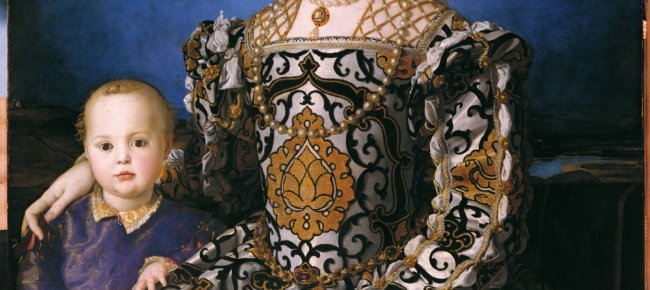
Bronzino's works are scattered all around Florence, in a variety of places including the Chapel of Eleonora in Palazzo Vecchio. Eleonora di Toledo was the wife of Cosimo I de’Medici and her chapel is entirely decorated by Bronzino. There you can spot some of the artist’s most important works like the "Story of Moses" which boasts symbolic references to the Grand Duke. Visitors to Palazzo Vecchio can also admire the painter’s works in the Studiolo of Francesco I, a mannerist masterpiece created on a Vasari project.
Going to the Uffizi you'll see about ten of his works, among which the portrait of Eleonora di Toledo with her son Giovanni. If you want to see the fresco of "San Benedetto penitente" you should visit the Badia Fiorentina.
In Santa Maria Novella (in Gaddi Chapel), you can find an altar piece depicting Jesus Christ as he resurrects the child of Giairo; the vault was painted by Bronzino’s student Alessandro Allori. In the nave of Basilica di San Lorenzo, there’s a gigantic fresco representing the Martyr of San Lorenzo, commissioned by Cosimo I in 1565. Moreover, at the Museo dell'Opera of Santa Croce, you can admire Bronzino’s most imposing religious work, representing the Christ’s descent into Limbo, dated and signed in 1552.
At the Basilica of Santissima Annunziata, in the Resurrection chapel, you can see the altar with Bronzino's "Resurrection". In the Church of Santa Felicita, you’ll find some Pontormo’s decorative works in the Barbadori Chapel, created for Ludovico Capponi. The paintings with the figures of the Evangelists were attributed to Bronzino and Pontormo. In conclusion, the Costume Gallery in Palazzo Pitti hosts some of the sumptuous clothes the Grand Duchess Elenora di Toledo wore while posing as Bronzino’s sitter.
